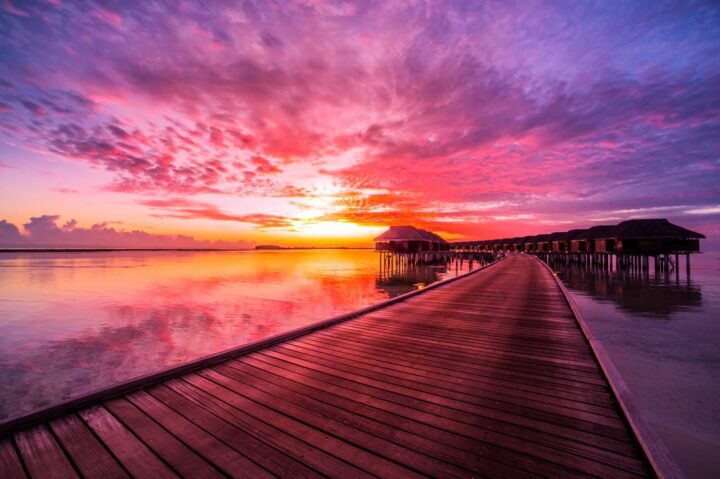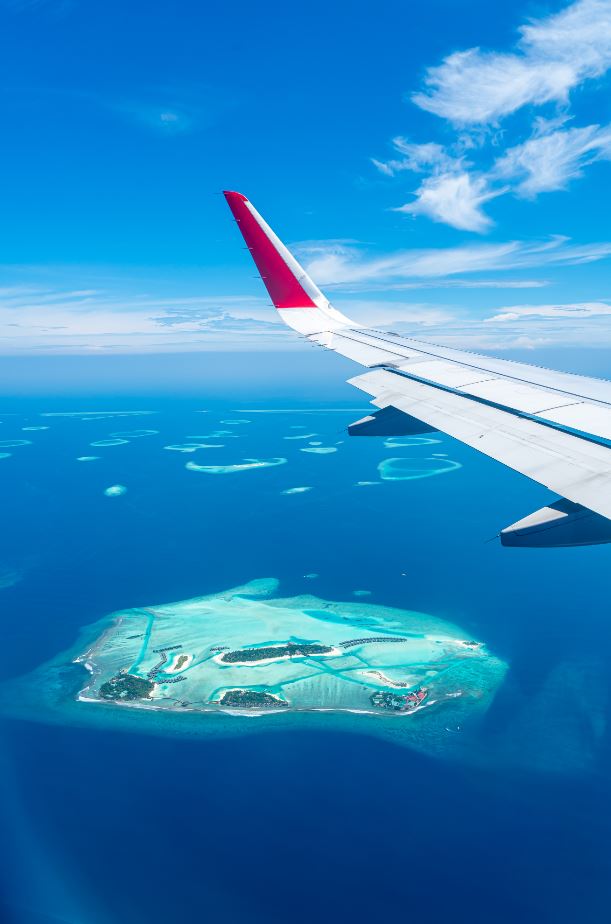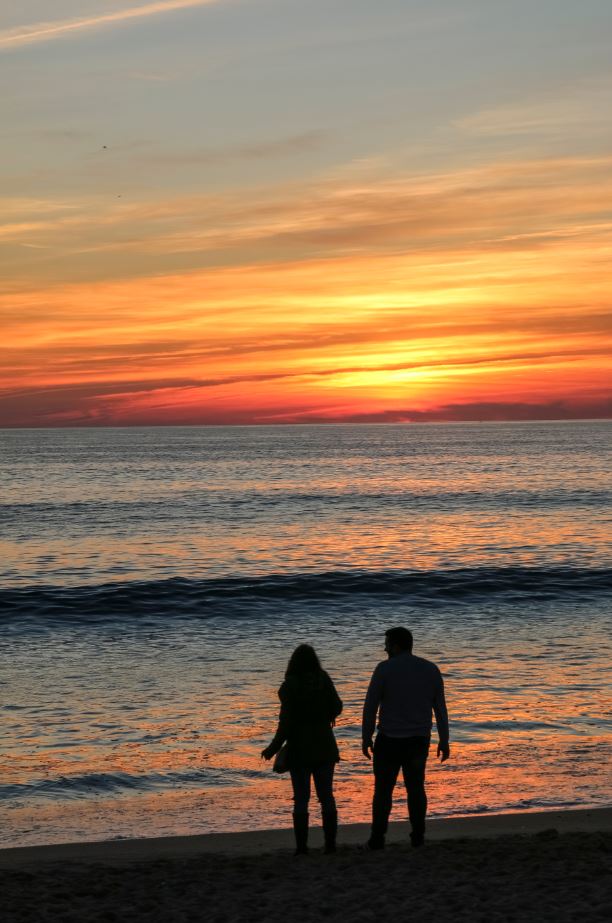
The rise of the Indian market
This did not come as a surprise, as we actually predicted this over two years ago—it makes perfect sense. So, what actually happened and what had been the reason for the delay? In my opinion, the main reason has to be the purchasing power of the growing middle classes and the thirst for new and exciting destinations, and then combine them with the growing obsession with celebrities and the power of social media—in other words, one Bollywood superstar and a few snaps on Instagram means a sudden flood of enquiries with us, and good ones too!
It does not mean that the number of Indian travellers was scarce before, as they were not. But today, the types of Indian travellers frequenting the Maldives has seen a dramatic change; and with the massive rise in the numbers come differences in requirements—today’s Indian traveller is out seeking the best of deals, with more affordability attracting a different set of travellers.

Yet, the length of stay for these discerning travellers have not changed; generally about three- to five-nights, and rarely longer—a behaviour common with other Asian travellers. And what is most critical for these travellers is the culinary experiences on offer, and I believe that the F&B experiences are crucial and can either make or break your hotel. While booking patterns are generally for short stays, very much due to what they see on social media, accessibility is the next important factor that is contributing to the positive vibe with the availability of easier and less-cumbersome air transfer services.
Don’t get me wrong! The numbers had always been there, with the Maldives attracting a certain type of wealthier individuals, notwithstanding the lack of accessible flight options; which is not the case today. So, in terms of numbers, there has been a steady rise in visitors; not huge, but decent enough for a month of May (for example):
In 2019, we saw a massive growth of almost 100 per cent, with the visitor numbers rising to 17,389.
Year-to-date, the number of Indian visitors to the Maldives stands at 82,140, while the figure was recorded at 41,040 for the corresponding period in 2018; a total of 90,474 Indian tourists visited the Maldives the previous year—we are almost at this number so far this year, which I believe is quite incredible.
I also have to admit and suggest perhaps that the coincidence of the rise does correspond with a “thawing” of relationships between India and the Maldives (I use this term loosely). But, being honest, with the new government, the relationship has dramatically improved as we can see from media reports; India was one of the first countries to establish relations with the Maldives and has been a major supporter for decades.
“Amidst the state of emergency and crisis prevailing in the Maldives, a meeting has taken place between Indian Ambassador and Foreign Secretary of the island nation. It has been learnt that the official meeting between the two dignitaries solely focused on ‘position and concerns’ of both the countries…” – Financial Express
“It was political change in the Maldives that prompted Prime Minister Narendra Modi to make his first visit to the Indian Ocean archipelago last weekend… The Maldives remains an important component of New Delhi’s plan to preserve its influence in the Indian Ocean…” – South China Morning Post
“The overwhelming triumph of Ibrahim Mohamed Solih — the mild-mannered politician backed by the Maldives’ fragmented opposition — is considered an important strategic victory for India…” – Financial Times
“President Ibrahim Mohamed Solih and Indian prime minister Narendra Modi have recently exchanged views on the importance of regional stability and defence cooperation between the two states as India pledged…” – E-International Relations
“India agreed to increase an existing swap arrangement as part of a US$1.4 billion economic package pledged in December as the change of government heralded a reset of relations after the historically close ties were strained under the pro-China former administration…” – Maldives Independent
However, a word of caution, as the Indian market needs proper management. Indian tourists are good spenders, but the culinary experiences are critical for them; vegetarian and Jain food is a must and five-star luxury is an expectation.
You should not expect this market to go for the “typical” Maldives resort—no shoes no news; old thatched roof; no private pools; no TVs; old-fashioned beach style is not for this market. However, you should focus more on the food, atmosphere, star rating, speedboat transfers, and above all, to be seen and to allow guests to enjoy the cuisines. They also expect activities, and things to do as they travel with families; another relatively new thing for the Maldives.
However, the Indian market is demanding but is very lucrative, one that has blossomed to the Maldivian hospitality industry, and is promising all throughout the year. On the other hand, Italy has growth spurts and substantial drops, while the majority of Europe is fairly stable with decent growth. But India? It has been just steamrolling for months.

Andrew Ashmore is the COO of Coco Collection Hotels & Resorts, a brand specialised in creating true boutique luxury on some of the most beautiful islands in The Maldives since 2005. Ashmore is considered as a global sales and marketing specialist with his continued services in Middle Eastern, Asian and European countries since 1983. With the knowledge and expertise from numerous countries around the world, Ashmore brands himself as a seasoned and experienced hotelier having worked at several iconic properties before moving to more senior Corporate roles.









